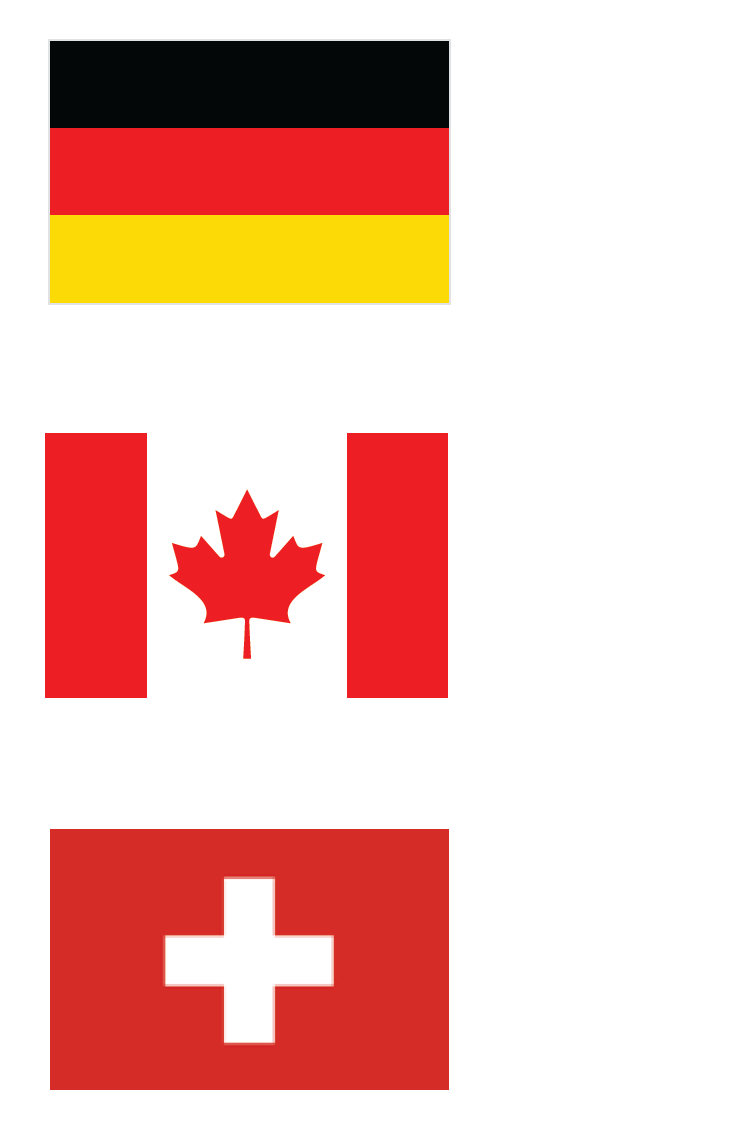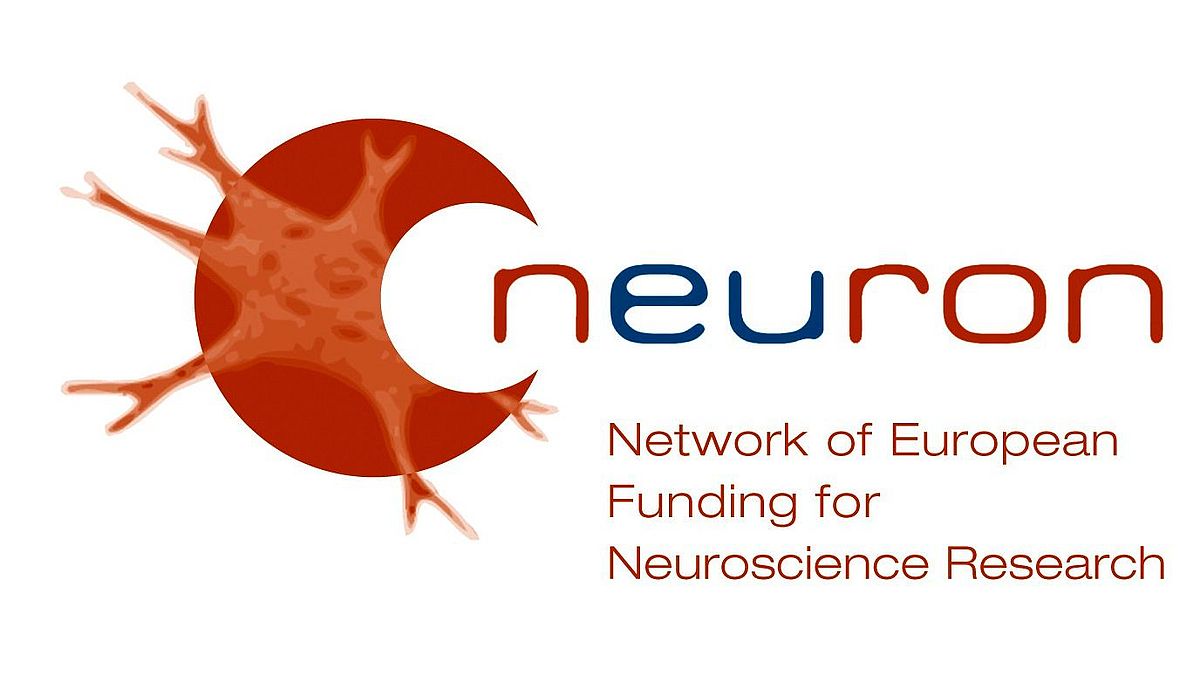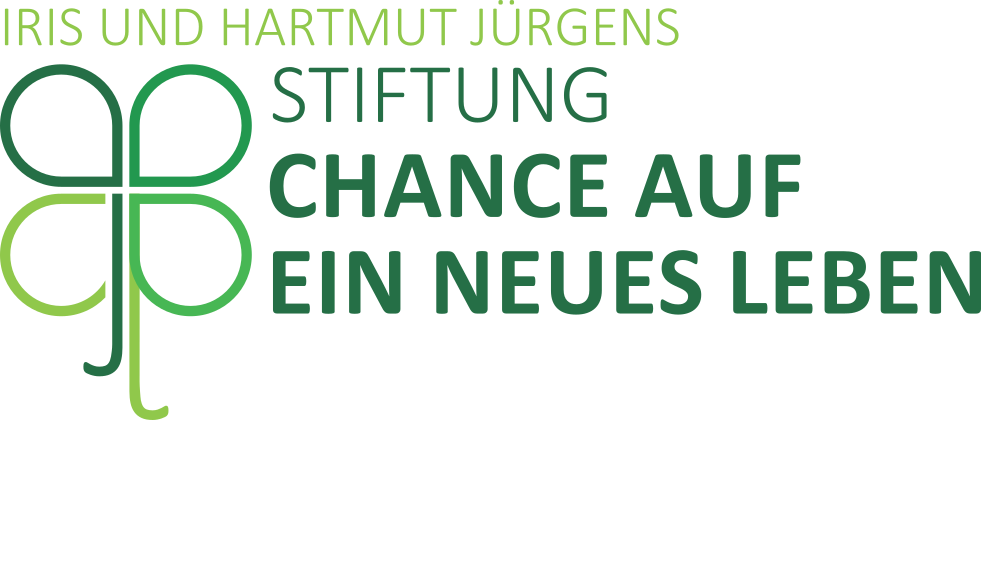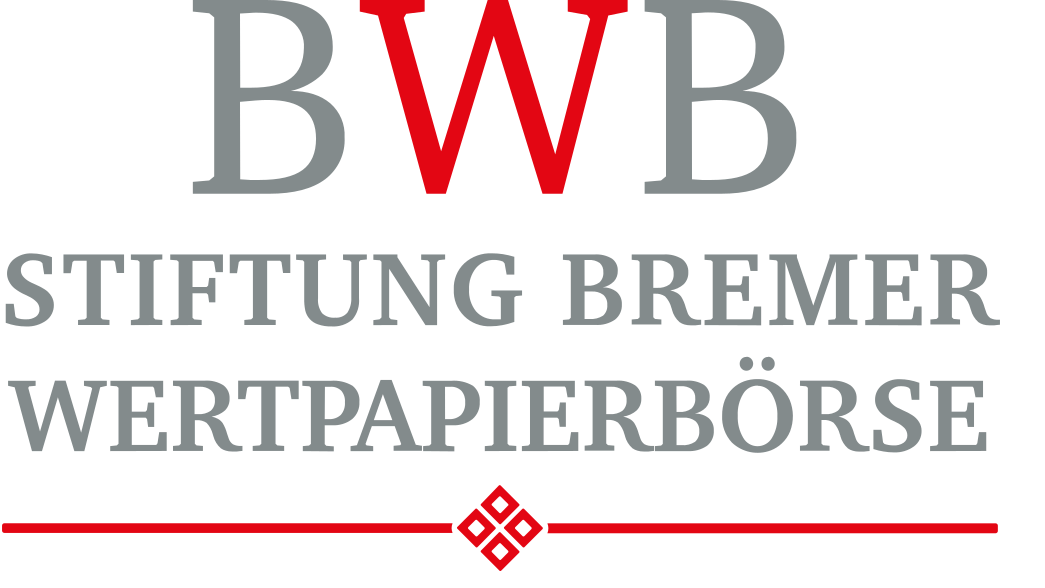I-See 2
Research on the development of visual cortical prostheses started in Bremen within the Creative Unit "I-See" which was supported from 2013 until 2017 (see Past Projects) and received additional support as a Focus Group at the Hanse-Wissenschaftskolleg Institute for Advanced Study (HWK, see Past Projects). Since December 2020, the European Research Area Network "NEURON" is funding our new initiative for "I-See" with an international consortium of collaboration partners:
Project Coordinators:
Udo Ernst and David Rotermund, Computational Neurophysics Lab / Theoretical Neurophysics, Institute for Theoretical Physics, Universität Bremen, Bremen, Germany
Project Partners:
- Christopher Pack, Montreal Neurological Institute, McGill University, Montreal, Canada
- Dirk Jancke, Optical Imaging Lab, Institut für Neuroinformatik, Bochum, Germany
- Michael Herzog, Laboratory of Psychophysics (LPSY), École Polytechnique Lausanne, Lausanne, Switzerland
- Bogdan Draganski, Laboratoire de Recherche en Neuroimagerie (LREN), Centre Hospitalier Universitaire Vaudois, Université de Lausanne, Lausanne, Switzerland
The lives of many individuals are strongly impaired by missing the sense of vision. One putative option to help them are cortical prostheses. For restoring vision, such devices convert visual scenes into patterns of electrical activity which are then transferred to the visual cortex (typically area V1). This approach aims at using thousands of electrodes, each eliciting the percept of a circular flash of light (phosphene).
Our project evaluates alternative ideas: First, we will stimulate neural populations in visual area V4 with the goal to achieve more specific percepts (e.g. corners, edges, curves) than phosphenes, while using a smaller number of activated stimulation electrodes. Our second aim is to make use of ongoing activation states in cortex that exist even without a visual stimulus. By devising an intelligent stimulation algorithm which boosts these states at the right moment in time we plan to achieve more ‘natural’ percepts with much lower stimulation currents.
a) Example of the envisaged visual prosthesis using a sparse representation of semi-complex visual features to generate a visual percept by adapting stimulation to ongoing activity in cortex. b) Participating labs and collaboration scheme.
Supported by a strong backbone of computational and theoretical neuroscience approaches, our project encompasses developing subthreshold stimulation techniques in mice, testing novel stimulation paradigms in non-human primates, evaluating sparse stimulus encoding schemes in healthy humans, and assessing brain anatomical and functional constraints of cortical prostheses in the blind.







